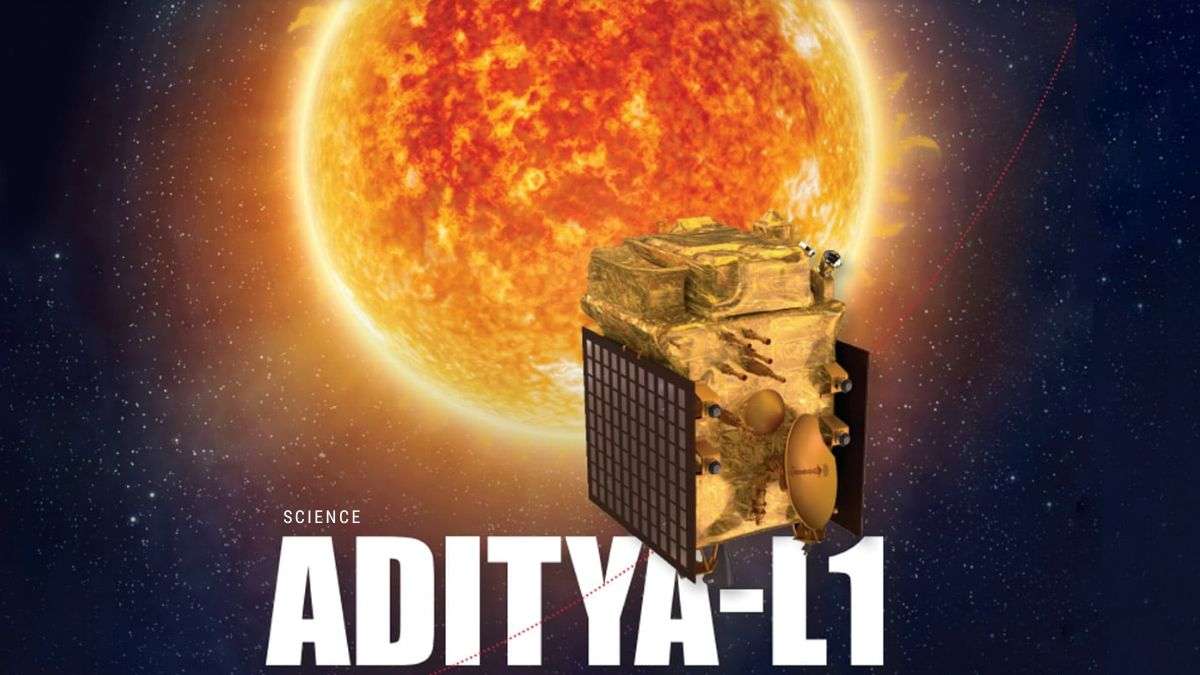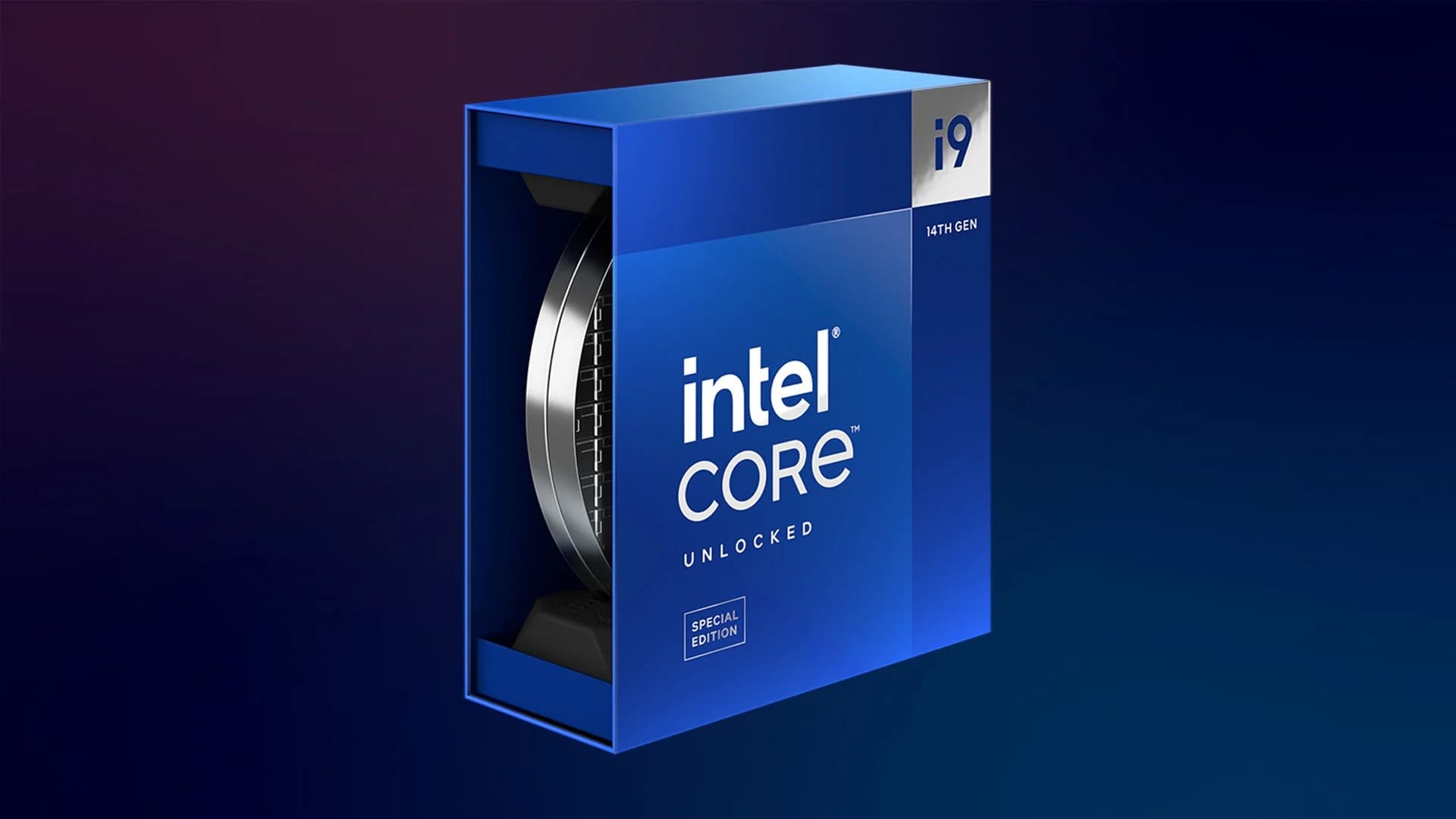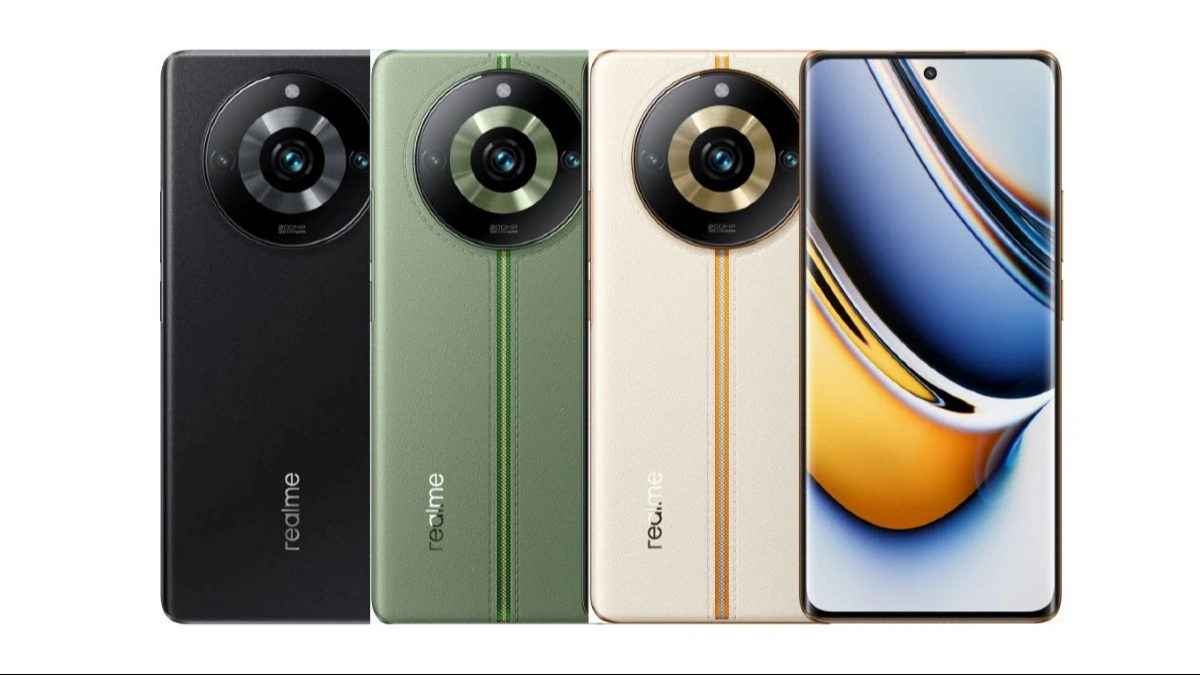Aditya L1 is India’s first dedicated solar observatory. It was launched on July 22, 2023, onboard the Polar Satellite Launch Vehicle (PSLV-C57) and is currently orbiting the Sun at a distance of about 1.5 million kilometers. The spacecraft is carrying seven scientific payloads that will study the Sun’s corona, chromosphere, and photosphere.
The Sun is a giant ball of hot gas that is constantly emitting energy in the form of light, heat, and particles. This energy is essential for life on Earth, but it can also be harmful if it is not properly understood and managed. Solar storms, for example, can disrupt power grids and communication systems, and they can even pose a threat to astronauts in space.
The Aditya L1 mission is designed to help us better understand the Sun and its impact on Earth. The data collected by the spacecraft will be used to study the Sun’s magnetic field, its coronal mass ejections, and its solar flares. This information will help us to develop better models of the Sun and to predict space weather events.
The Sun’s corona
The Sun’s corona is the outermost layer of the Sun’s atmosphere. It is very hot and tenuous, but it is also very bright. The corona is visible to the naked eye during a total solar eclipse.
The Aditya L1 mission will study the Sun’s corona using a coronagraph. A coronagraph is a telescope that blocks out the bright light of the Sun’s photosphere, allowing us to see the fainter light of the corona.
The Sun’s chromosphere
The Sun’s chromosphere is the layer of the Sun’s atmosphere that lies between the corona and the photosphere. It is cooler than the corona, but it is still very hot. The chromosphere is visible to the naked eye during a solar flare.
The Aditya L1 mission will study the Sun’s chromosphere using a spectrometer. A spectrometer is an instrument that measures the wavelength of light. This information can be used to study the composition and temperature of the chromosphere.
The Sun’s photosphere
The Sun’s photosphere is the layer of the Sun’s atmosphere that we see as the Sun’s disk. It is the coolest layer of the Sun’s atmosphere, but it is still very hot. The photosphere is visible to the naked eye.
The Aditya L1 mission will study the Sun’s photosphere using a telescope. A telescope is an instrument that magnifies objects in the distance. This information can be used to study the structure and activity of the photosphere.
The Aditya L1 mission is a major step forward in our understanding of the Sun. The data collected by the spacecraft will help us to develop better models of the Sun and to predict space weather events. This information will be essential for protecting our planet and our astronauts from the harmful effects of solar activity.
Science objectives of the Aditya-L1 mission:
- Study of Solar upper atmospheric (chromosphere and corona) dynamics: This includes understanding the dynamics of coronal mass ejections (CMEs), coronal heating, and solar flares.
- Study of Solar magnetic field: This includes understanding the origin, evolution, and dynamics of the solar magnetic field.
- Study of Solar wind particle experiment: This includes understanding the composition, energy spectra, and dynamics of solar wind particles.
- Study of solar influences on Earth’s environment: This includes understanding the impact of solar activity on Earth’s climate, space weather, and communication systems.
Payloads of the Aditya-L1 mission:
- Visible Emission Line Coronagraph (VELC): VELC is a coronagraph designed to study the coronal mass ejections (CMEs) and coronal heating.
- Extreme Ultraviolet Imager (EUVI): EUVI is an imager designed to study the solar chromosphere and the transition region between the chromosphere and the corona.
- Solar Polarimeter (SPOL): SPOL is a polarimeter designed to study the magnetic field of the solar corona.
- Solar Ultraviolet Imaging Spectrometer (SUIT): SUIT is a spectrometer designed to study the solar chromosphere and the transition region between the chromosphere and the corona.
- Critical Ionization Potential (CIP) Detector: The CIP detector is designed to study the composition of the solar wind.
- High Energy Particle Spectrometer (HESP): The HESP is designed










